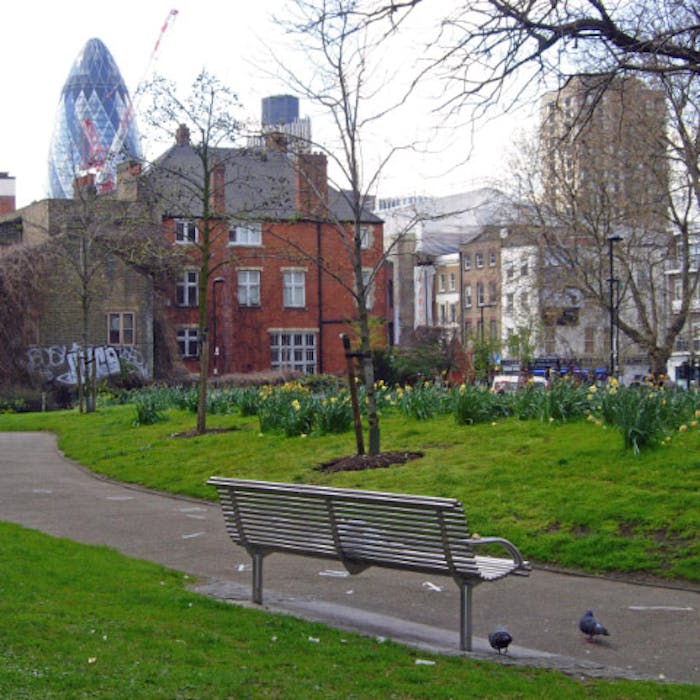
How Whitechapel got its name
The name Whitechapel conjures up images of the impoverished East End of Jack the Ripper, rather than a gleaming little church. So how did this name come about? Is the white chapel still there?
Whitechapel lies just east of the Tower of London, and therefore was just outside the walls of the city in the Medieval period.
The area was named after St Mary Matfelon Church, popularly known as St Mary's, Whitechapel. It stood on the site of Adler Street, White Church Lane and Whitechapel High Street, London E1. The small church existed at least from the 1300s and its earliest known rector was Hugh de Fulbourne in 1329.
Whitewash made of lime and chalk was used as a paint on the outside of the original church in the Middle Ages, and gave it a bright white finish, prompting locals to call it the 'white chapel'. The church's prominent position on the westerly junction of Whitechapel Road made it a local landmark and eventually it became the name of the area.
The church survived into the twentieth century, enduring several fires and rebuilds, but was largely destroyed in the Blitz in December 1940. It was left in disrepair until it was finally demolished in 1952 after a lightning strike.
The site of the church became St Mary's Gardens in 1966. An outline of the footprint of the church is all that remains of the White Chapel. Even the churchyard was renamed in 1998 and is now Altab Ali Park. Numerous gravestones still remain.
Altab Ali was a Bangladeshi textile worker who was stabbed to death nearby on 4th May 1978 in a racist attack as he walked home after work.
Further reading
Links to external websites are not maintained by Bite Sized Britain. They are provided to give users access to additional information. Bite Sized Britain is not responsible for the content of these external websites.
